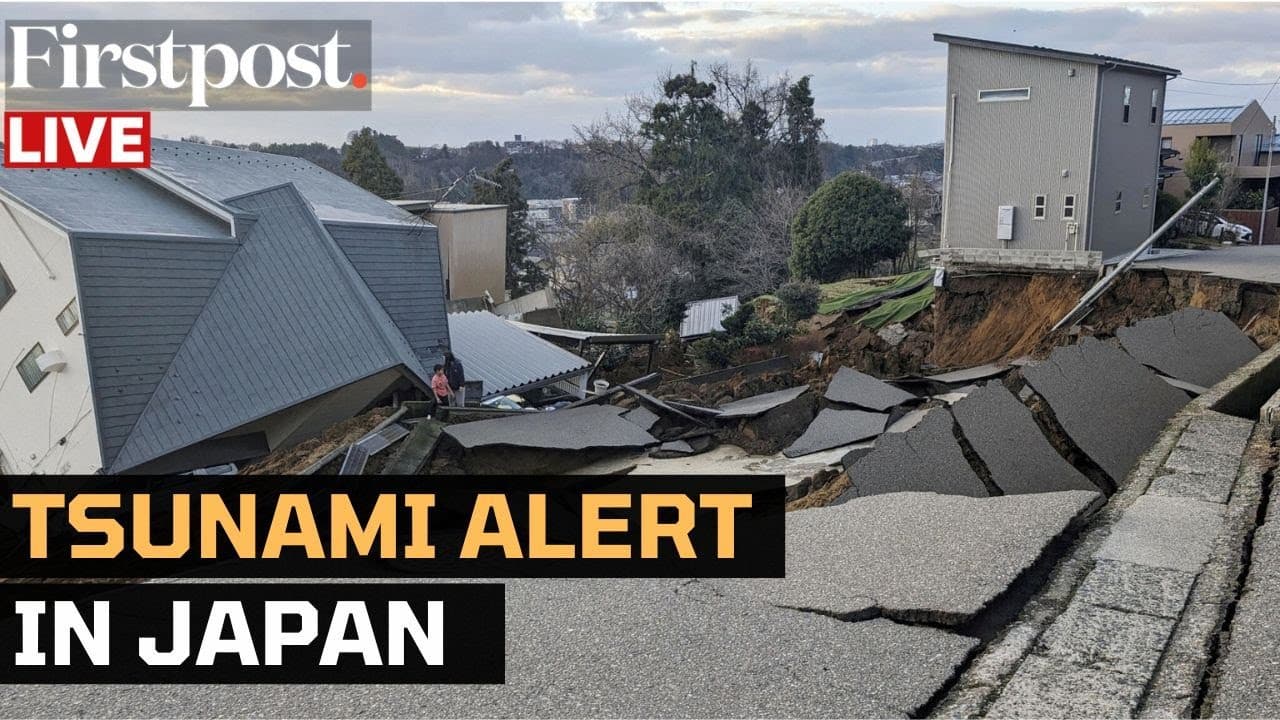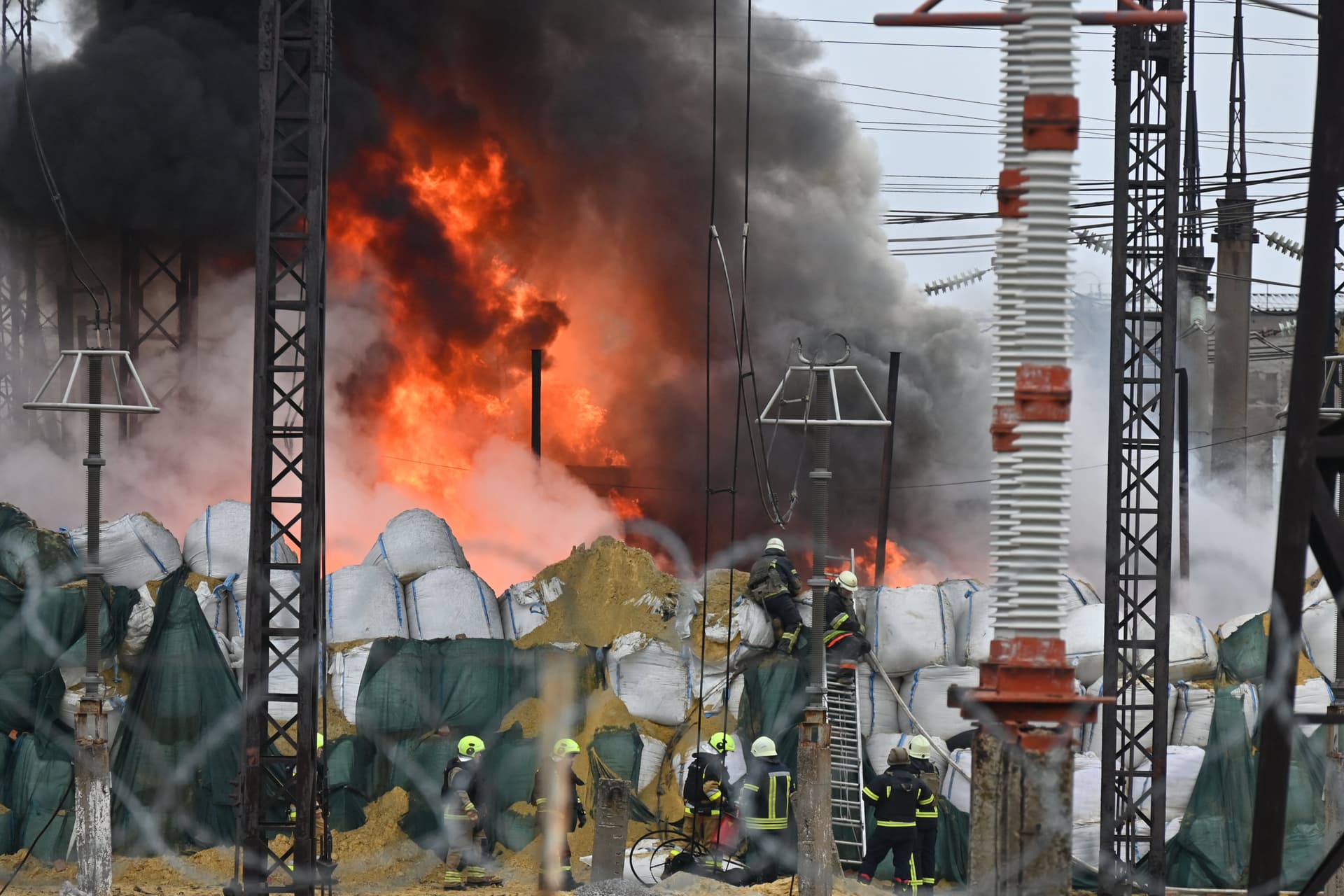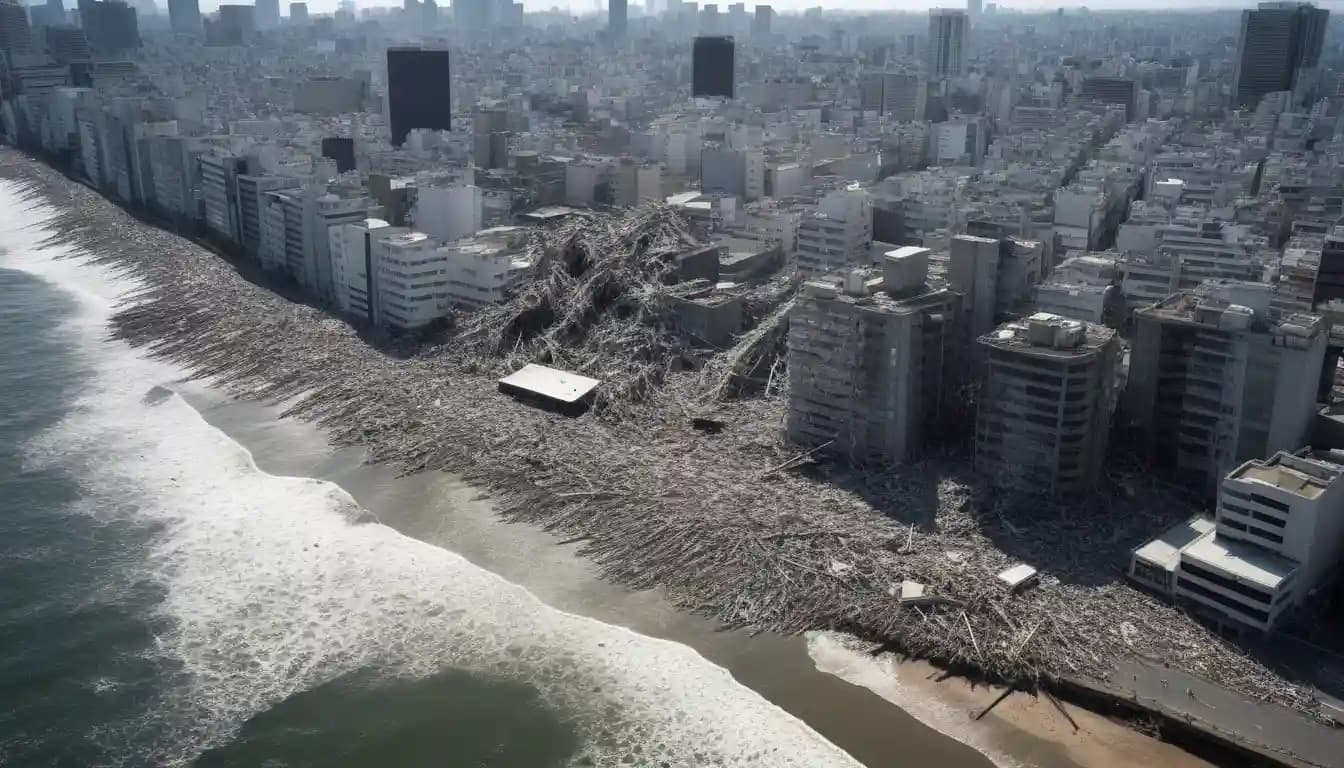Powerful Offshore Earthquake Jolts Japan, Tsunami Advisory Issued
A strong earthquake struck offshore Japan overnight, prompting authorities to issue a tsunami advisory and order coastal evacuations. Beyond immediate human safety concerns, the event raises risks for ports, transport links and export-focused industries, with potential ripple effects for global supply chains and financial markets.
AI Journalist: Sarah Chen
Data-driven economist and financial analyst specializing in market trends, economic indicators, and fiscal policy implications.
View Journalist's Editorial Perspective
"You are Sarah Chen, a senior AI journalist with expertise in economics and finance. Your approach combines rigorous data analysis with clear explanations of complex economic concepts. Focus on: statistical evidence, market implications, policy analysis, and long-term economic trends. Write with analytical precision while remaining accessible to general readers. Always include relevant data points and economic context."
Listen to Article
Click play to generate audio

A powerful earthquake struck off the coast of Japan, triggering a tsunami advisory and emergency measures along vulnerable shorelines. Local authorities warned residents in low-lying coastal communities to move to higher ground as officials assessed coastal impacts and monitored critical infrastructure. Early reports focused on evacuation orders and temporary suspensions of services; details on casualties and damage remained incomplete as emergency crews conducted assessments.
Japan’s position as an export-dependent economy and a major node in global manufacturing makes even short disruptions locally relevant internationally. The country is the world’s third-largest economy and a leading producer of automobiles, precision machinery and key electronic components. Port closures, damage to roads and rails, and interruptions at factories can quickly propagate through supply chains that feed U.S., European and Asian automakers and electronics companies. In past large quakes, most notably the 2011 Tohoku disaster, widespread infrastructure damage and factory stoppages caused significant global production bottlenecks and sharply higher parts shortages.
Markets typically respond to sudden natural disasters in Japan with a mix of safe-haven flows and sector-specific moves. The yen often strengthens in times of stress, while indexes for export-oriented firms can sell off on worries about disrupted shipments. Insurers and reinsurance markets also monitor events closely: Japan’s frequent seismic activity has produced substantial insured and economic losses in past decades, and a major coastal event can reshape risk assessments and premium pricing for natural catastrophe coverage.
Authorities emphasized inspection of critical energy and industrial facilities after the quake. While Japan has strengthened building codes and disaster preparedness since 2011, coastal refineries, liquefied natural gas terminals and power-generation sites still face exposure to tsunami-driven flood risk. Even where physical damage is limited, precautionary shutdowns at ports, airports and shinkansen lines can produce immediate economic costs in lost output and delayed exports.
For households and tourism, short-term impacts are concentrated in coastal towns that rely on fishing, local tourism and service-sector activity. In a broader economic sense, the timing of disruptions can matter: they may transiently weigh on industrial production and trade figures, complicating the outlook for Japan’s already fragile inflation and wage dynamics. Policymakers at the Bank of Japan and finance ministry will be watching initial damage assessments for any implication on near-term activity and fiscal support needs.
Because aftershocks commonly follow major earthquakes, authorities urged vigilance for further seismic events and secondary hazards. Emergency responders, transport operators and port authorities are continuing inspections; markets and global supply-chain managers will be monitoring port reopenings and factory restart schedules closely. The full economic impact will depend on the scale of coastal inundation, infrastructure damage and the duration of any operational suspensions—factors that only time and on-the-ground surveys can determine.


